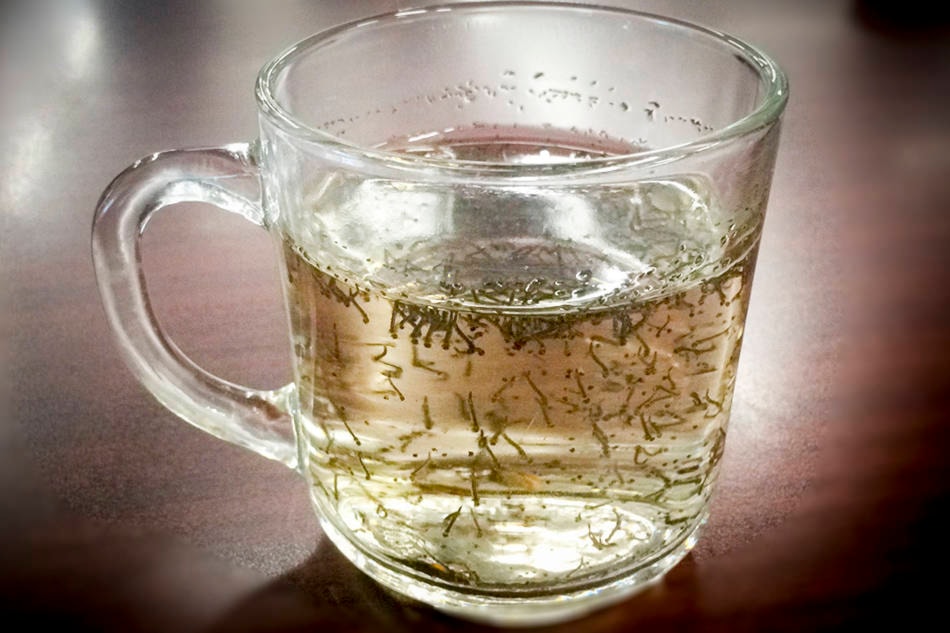 You can add mosquitoes to the long list of problems caused by the flooding the South Okanagan has suffered over the last month.
You can add mosquitoes to the long list of problems caused by the flooding the South Okanagan has suffered over the last month.
Standing water, like the pools left over from the floodwater, is an ideal environment for the larval stages of the mosquito’s lifestyle.
“During this flood time we are being inundated, as we were last year with folks that are asking us to come and look at their properties, and if they meet the criteria, to treat them,” said Zoe Kirk, who oversees the RDOS pest management program.
“We definitely have ramped up our program a lot. Last year was a learning year because we had lots of flooding from the lake. This year a lot of our waterways, rivers and creeks, were adding to the mix and pooling in people’s yards and orchards and such.”
Related:
Not only are there more places to treat, Kirk said the number of larvae has increased. Mosquito eggs, she explained, can last for up to a decade until conditions are right to hatch into larvae.
Crews in the filed have to assess locations before they apply the bacterial larvicide, using a dipping tool to see how many larvae they collect. Kirk said if there are more than three in a dip, they can proceed.
“We haven’t had to worry this year, because most of the time, when they dip, it comes up and its black,” said Kirk, adding there were so many larvae in one of the samples the crew brought back to her from the Willowbrook area that she could hardly see through the glass.
The sample also contained a surprise. This time of year, the larvae are for the Aëdes Vexans mosquito — “Those big, fat mosquitoes that love people,” Kirk said.
But the sample also contained Culex mosquito larvae, which usually appear in August.
“It’s a much smaller mosquito, and it doesn’t really like people, but it is the West Nile carrier,” said Kirk. “To have them come out early must have been because of that extreme amount of heat we had and the flooding.”
Related:
Kirk said it’s a significant find, though it may not mean as much to the public since we’re not on the Culex’s regular diet.
“Things are changing. If we get this heat early and there is water on the ground, we may get more than one variety of mosquito,” said Kirk. That can change management plans — here are more than 50 varieties of mosquitoes in the area, including one that isn’t affected by the bacteria.
The larvicide is very effective though. Kirk said she dropped just two grains of it into the Willowbrook sample, and the larvae were all dead within three hours — except one that managed to hatch and she then had to hunt down.
BTI is a naturally occurring bacteria, Kirk said, which is mixed with the ground up remains of corn stalks. it spreads through the water
“Until you get to a certain density the same amount of bacterial larvicide is going to work,” said Kirk. “They (mosquito larvae) pull it in.
“It is exceedingly effective. We have gone through more larvicide because there are just simply more sites.”
Research has shown the larvicide is harmless to humans and other animals, but Kirk said they are still exceedingly careful.
‘We do not treat (nature) conservancies, we do not treat any water that is moving toward a creek, a river or the lake,” said Kirk. “It has to be landlocked.”
The mosquito control crew has been working 10-12 hour days trying to keep up, Kirk said, adding they also use a helicopter to spread the larvicide.
“We will probably be flying the helicopter a more because there are areas that it is just not effective to treat by hand,” Kirk said.
Steve Kidd
Senior reporter, Penticton Western News
Email me or message me on Facebook
Follow us on Facebook | Twitter | Instagram



